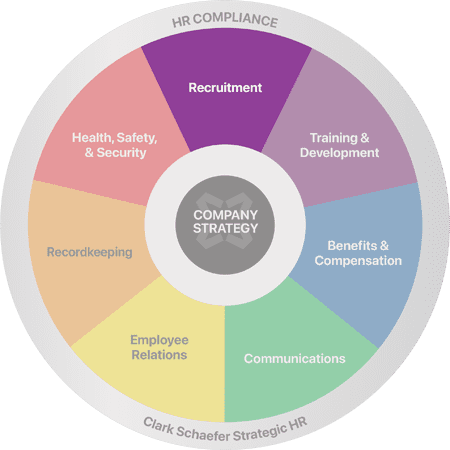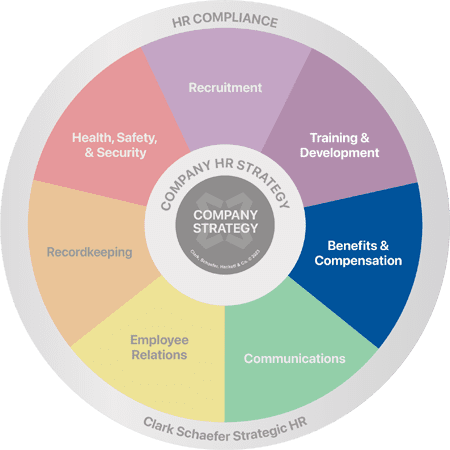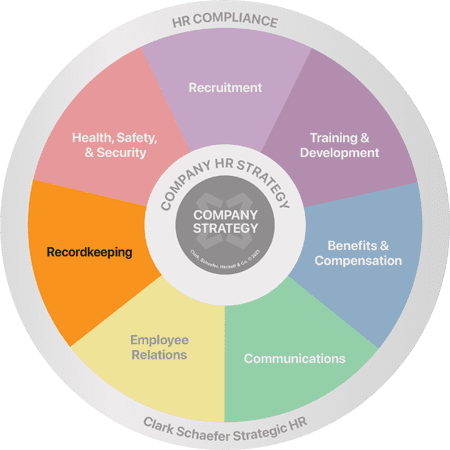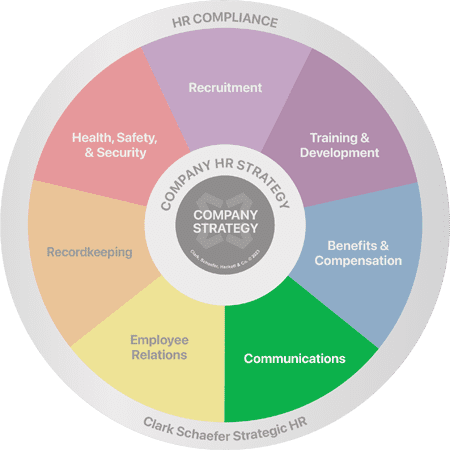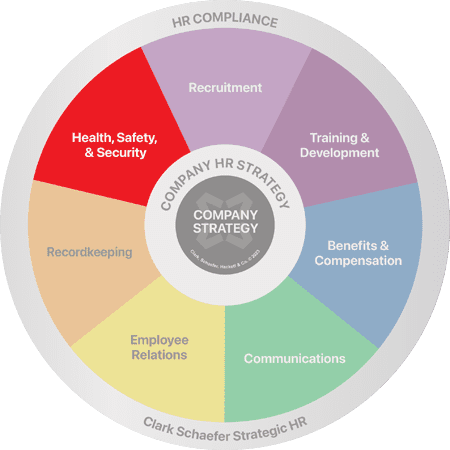What Should I Use To Measure Recruitment Performance?
Last Updated on August 2, 2023 / Recruitment
HR Question:
I need to measure our recruitment performance and develop a metric to do so. How do I set that up and what would I measure?
HR Answer:
Since there isn’t a universal formula for calculating recruitment performance and costs, you will need to determine what costs you want to track and attribute to your hiring efforts. There are many direct and indirect costs that you may consider including in the calculation. Below are some of the basic costs that you should consider when measuring recruitment performance.
Sourcing
Costs incurred to source for candidates using online job posting boards, resume banks, social media ad campaigns, etc. Be sure you divide the cost of these sources by the number of positions you are filling that use the source on order to have a true cost for a specific hire.
Screening
Costs associated with the time and expense for your staff to handle and review resumes and applicants for a particular position, including:
- Administrative staff time to open, respond, and route resumes to the hiring team. To calculate this time, figure out an average cost per resume and track how many resumes are received for each job to calculate the administrative cost per job.
- Hiring team/recruiter time spent screening through resumes and following up as needed. Similar to administrative costs, this can be calculated per resume/applicant to determine an average cost.
- Be sure to track time spent on preliminary phone interviews or pre-screens. Look at how many were conducted and the time spent by the recruiter to prepare, conduct, summarize and communicate the results of those interviews.
- Do you have an automated applicant tracking program? This is an indirect cost that you may choose to pro-rate across your hires for a specific period of time, somewhat like depreciating a new computer on your taxes.
Interviewing
Costs associated with the interview including time spent scheduling interviews and travel expenses or accommodations for the hiring team or interviewee that were reimbursed.
Remember to calculate interview costs to include the number of staff members involved in the interviews, their time spent per interview, and the number of interviews they attended to determine the average cost of the interviewers’ time.
Hiring
Hiring expenses include:
- Time and expense associated with the follow-up with candidates during negotiations and to notify those that were not hired.
- Cost of referral fees from a recruiting agency or an employee referral.
- Relocation costs for the new hire to relocate. Some costs may include moving company, airplane tickets, hotel accommodations, temporary housing, house hunting visits, assistance with sell/buy, or spouse/dependent assistance.
- Cost for background investigations and/or reference checks and drug screens.
- Incentives or sign-on bonus for the new employee.
- Think about all the costs to bring someone on board, such as orientation, mentoring, benefits enrollment, computers, cell phones, uniforms, etc.
Not every hire will incur all of these expenses. And, your organization may choose not to track some of these costs, but this list is a starting point to help you identify your recruitment costs per hire. The key is to identify what recruitment costs you are going to track and then consistently track them for all your hires to have an internal comparison from one hire to the next.
Other Considerations
There are other measures you need to consider as you evaluate the overall success of your recruitment performance and what you can do better next time. These include:
- How long did it take to fill the position from start to hire date?
- What could you have done to reduce the time to hire and not have impacted the quality of the hire?
- What was the impact on productivity while the position was left vacant? This is a very difficult calculation to conduct especially depending on the position. However, it does have an impact on the hiring manager and the organization as a whole. If it can’t be quantified, at least keep it in mind.
- How satisfied was the hiring manager / organization with the hire? This assessment can be done following the hiring but should be repeated again 3-6 months after the employee has been on the job to get a real sense of how successful the hire was.
Be sure you review your cost analysis and each of these other measures to identify what you can capitalize on next time and what you need to do different. For example, what was the success of your recruitment sources? Which ones provided the most candidates and more importantly the quality candidates? Which ones did not?
Again, it’s important to recognize that there are many ways to measure your recruitment performance. If there are other metrics that are important to your organization beyond those that are suggested, you can and should add them to your list of metrics.
Recruitment is more than just placing an ad in the newspaper. It takes a targeted message using the right sources and lots of follow-up. It can be expensive when not well thought-out, but when done correctly it doesn’t have to break the budget. Strategic HR knows what it takes to attract, hire and retain the best employees. Visit our Recruitment page to learn how our services can help you get your recruiting on the right track.

